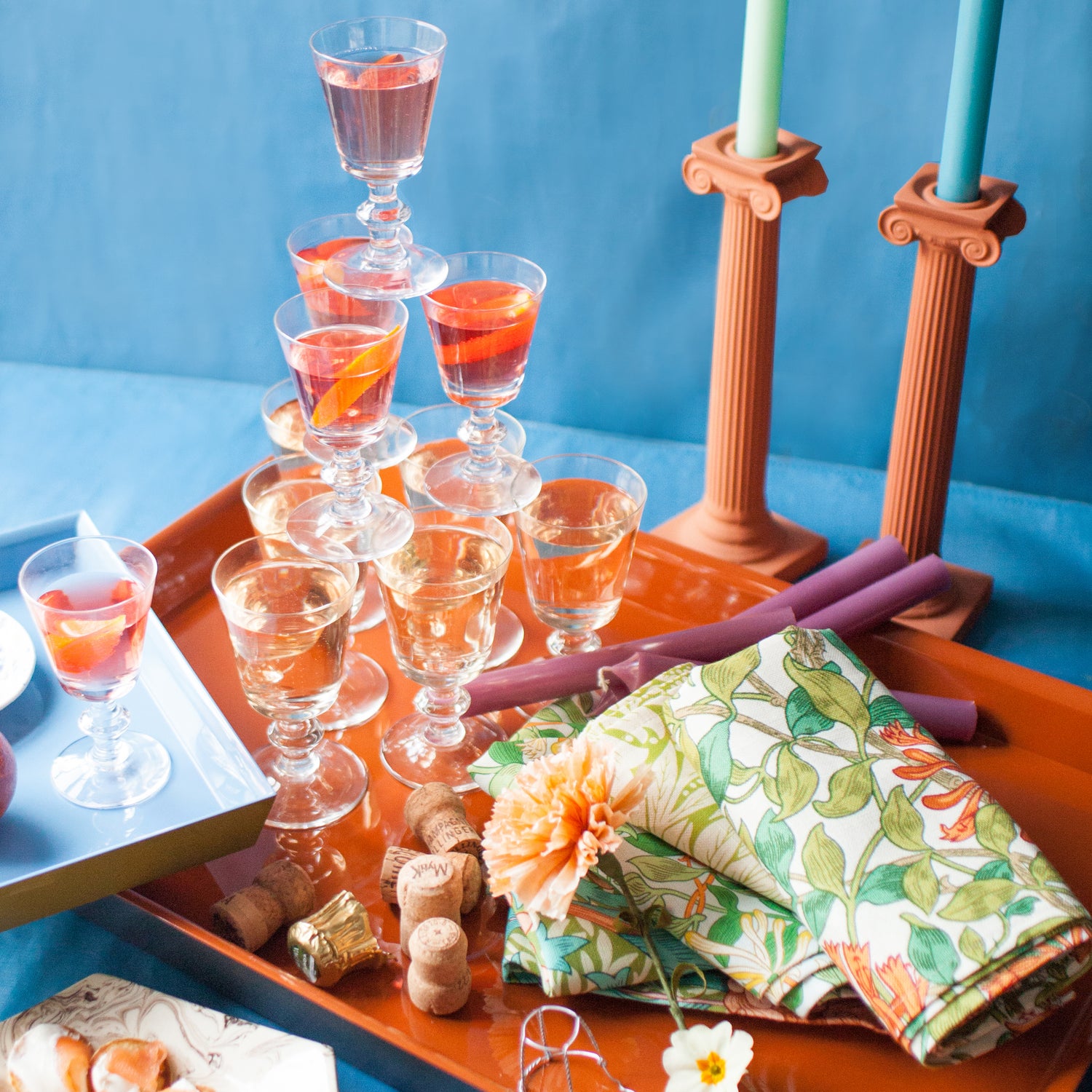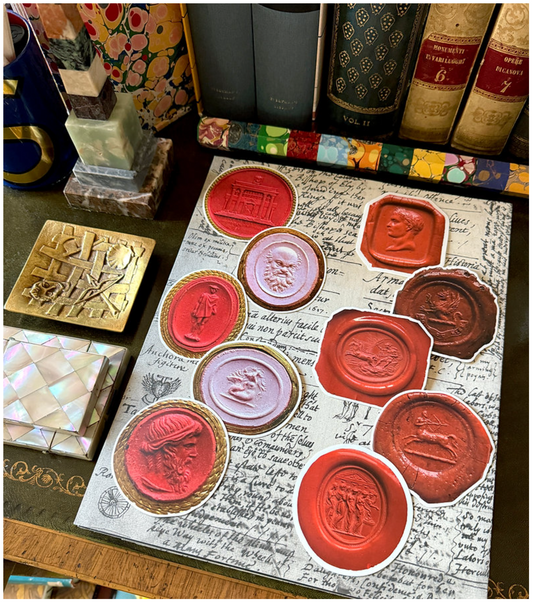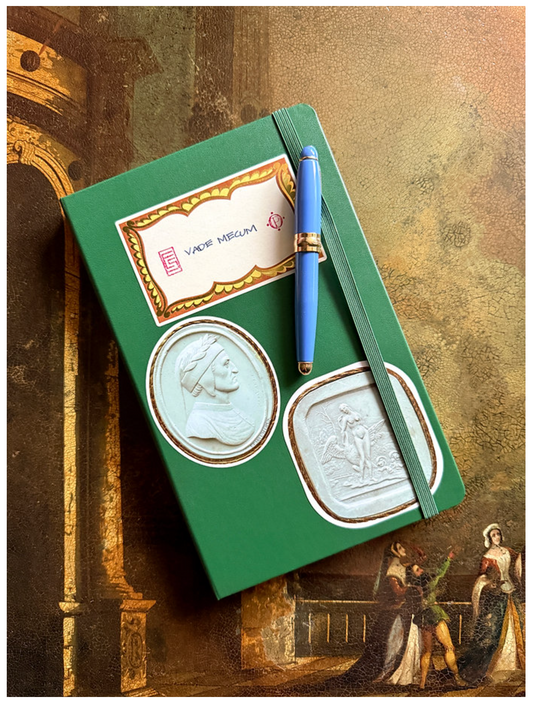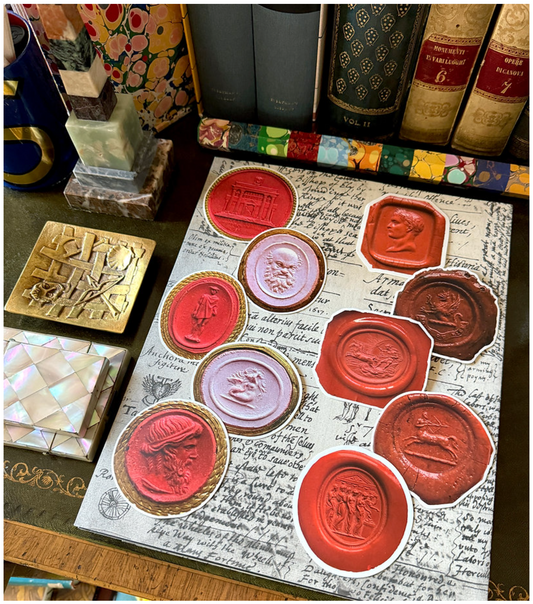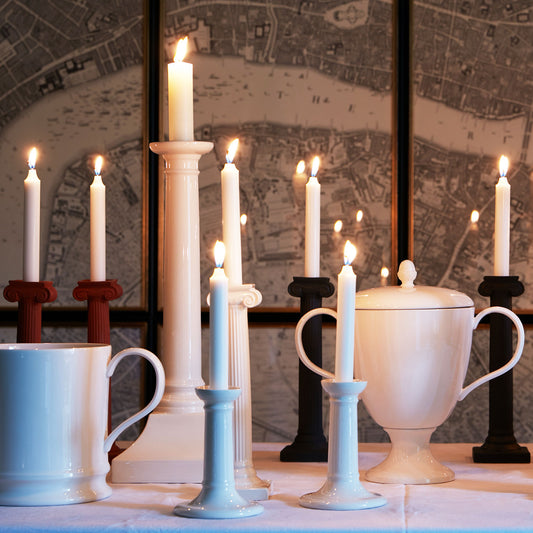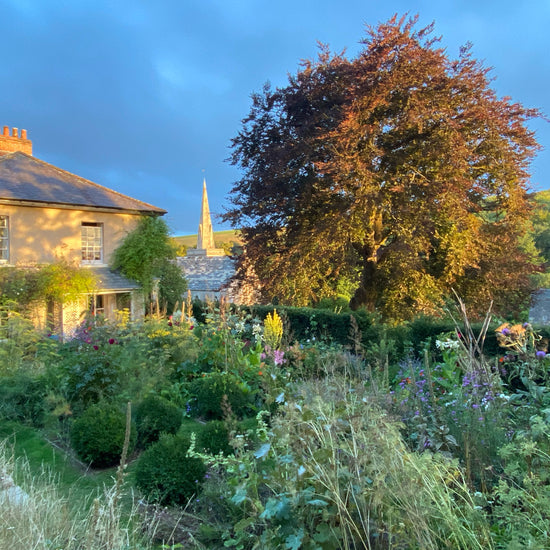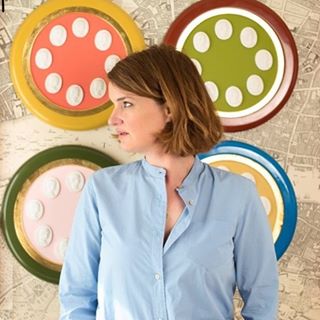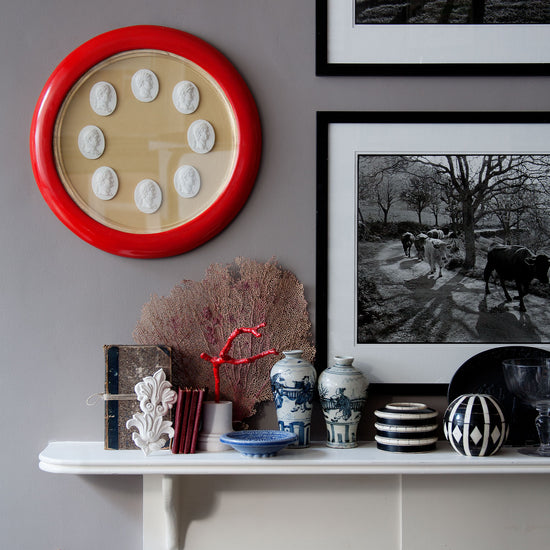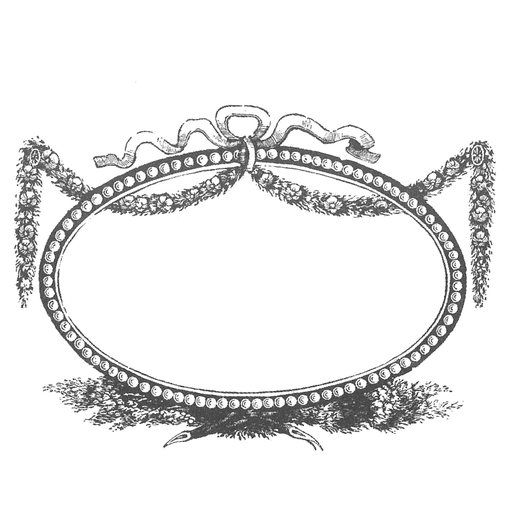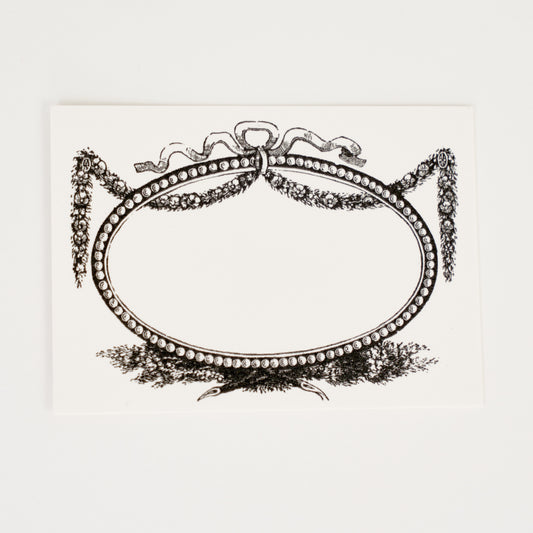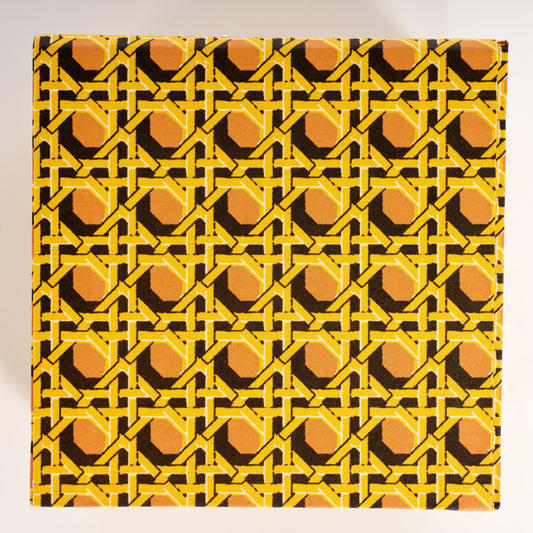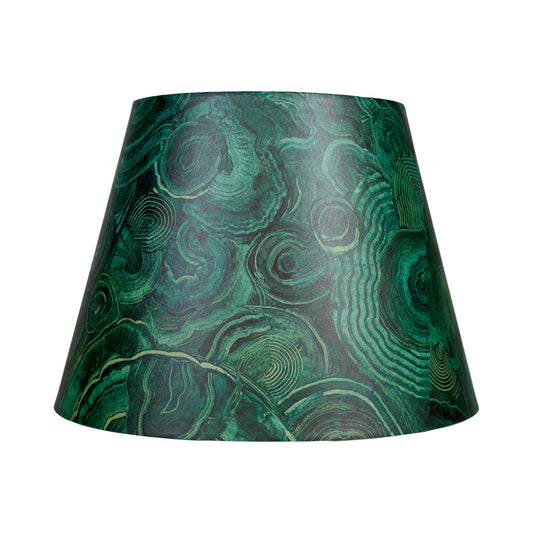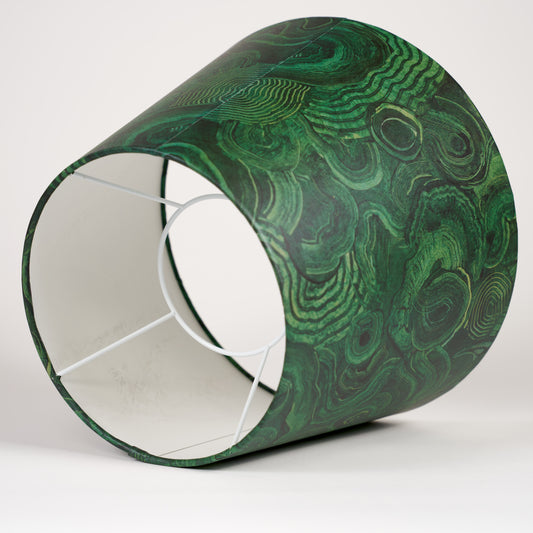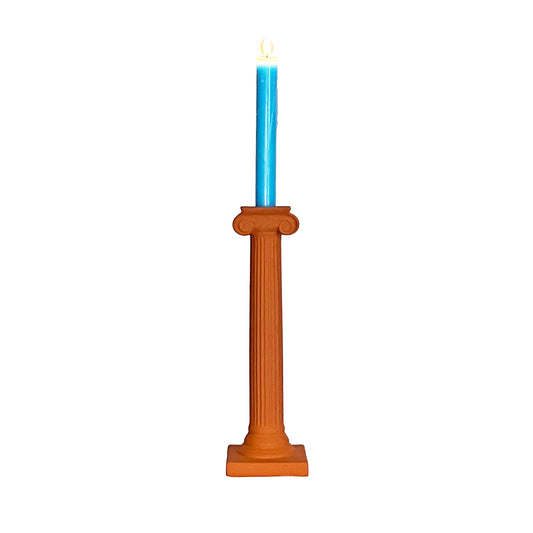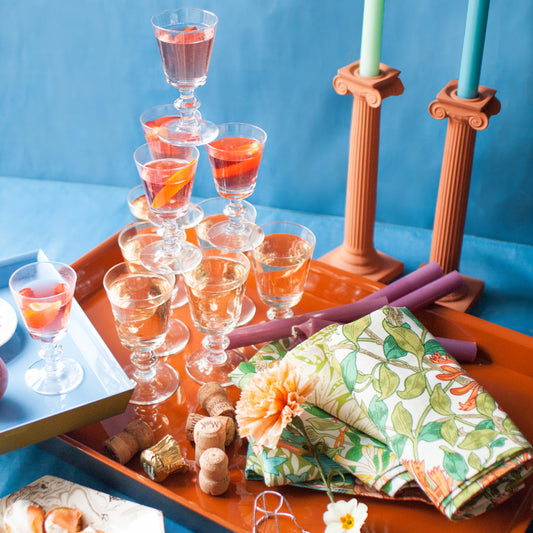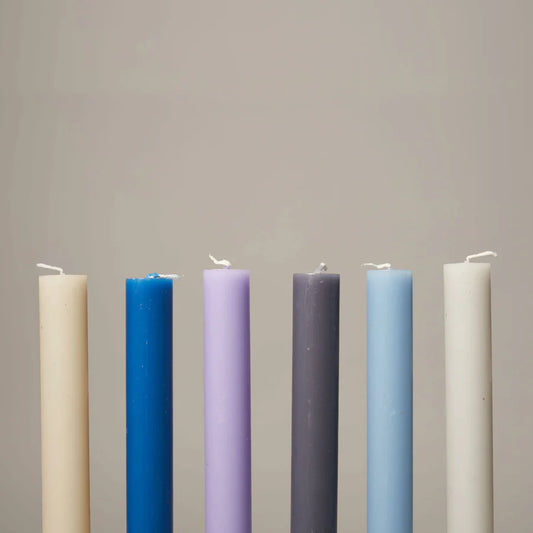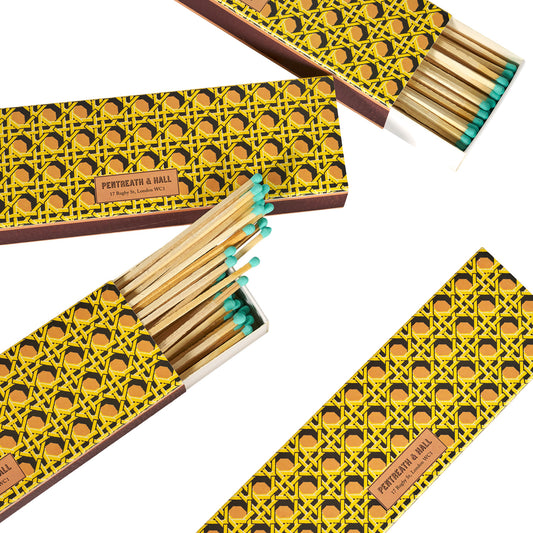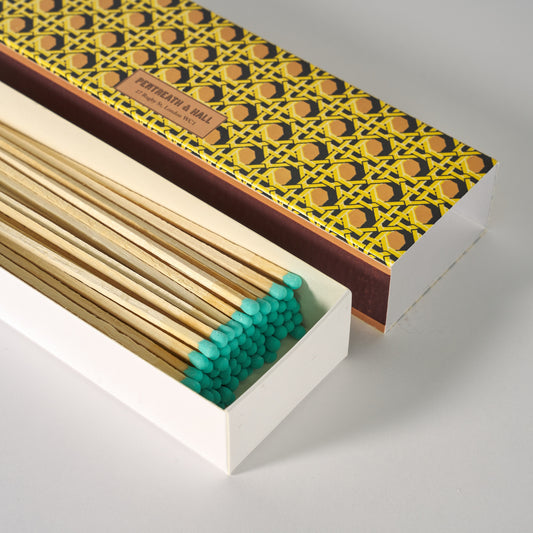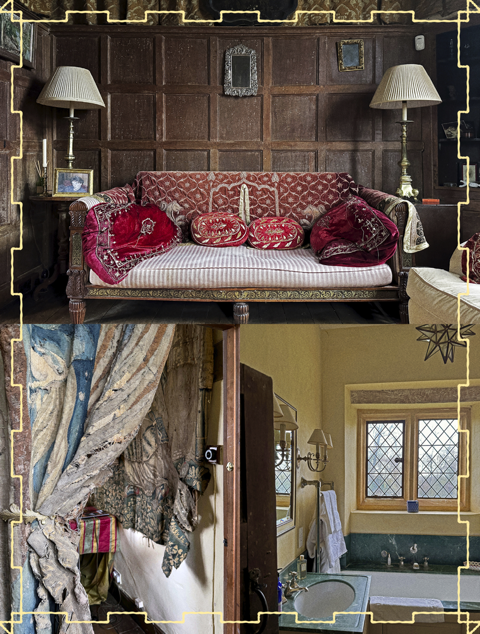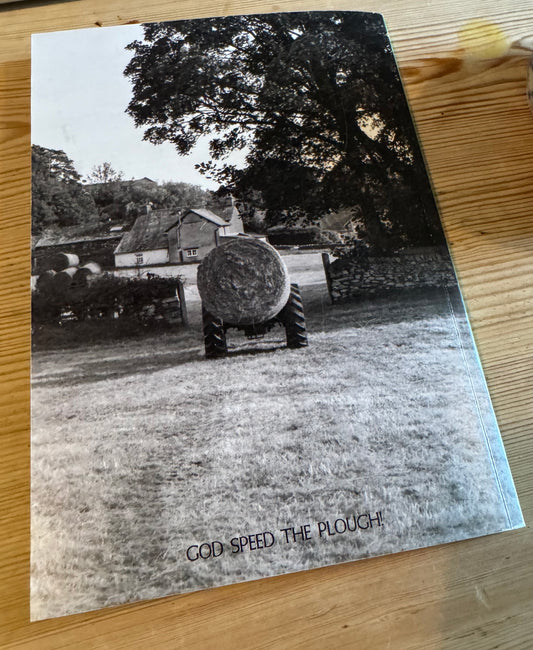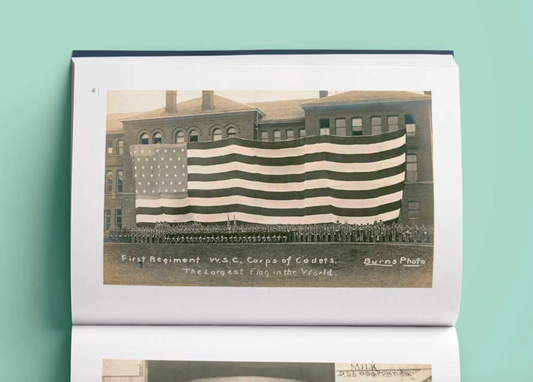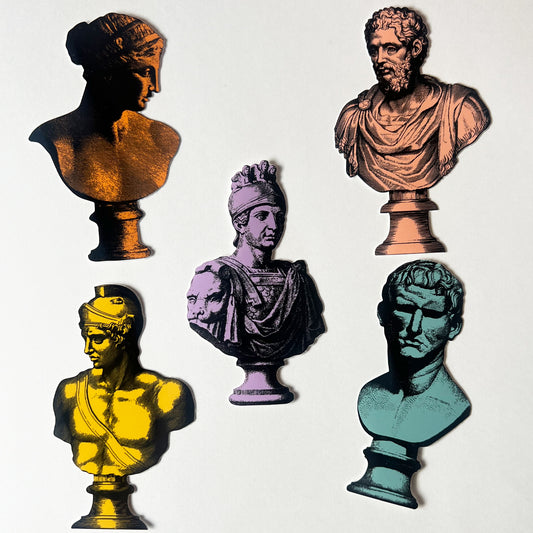It was a bright and sunny Saturday. We were in London, for no particular reason other than we wanted a change of scene. Charlie got up at dawn for Portobello; I stayed in bed. But when he was back, and we were both up and about, we decided we needed to do new things. It was time to be tourists.
One of the things about spending a lot of time down in Dorset is that we can tend to ignore things right on our own doorstep in London. Bridie had been telling Charlie about Maltby Street Market. Breakfast beckoned.

At the entrance to the Market is a branch of fantastic salvage and antique dealers Lassco; beautifully arranged and displayed, always worth a visit in its own right.


I loved the Aloha sign at the door of Lassco, left over from the Blackpool Illuminations one year. One for the office wall perhaps?
Under the arches of the old Brick Railway viaduct opposite, where Lassco keep their flooring and other stocks, a range of market producers, from smoked-salmon sellers to gin blenders, have opened up stalls over the years. Maltby Street Market is perhaps too grand a name for the assembly of bespoke London food-producers who gather here every Saturday and Sunday, but as an alternative to the frantic ebb & flow of Borough Market on a weekend, it couldn’t have been nicer.


 I suspect the throbbing heart of hipster London has already moved on (after all, it was years ago that Maltby Street market got really cool) but it made me think how much things have changed in London in 20 years.
I suspect the throbbing heart of hipster London has already moved on (after all, it was years ago that Maltby Street market got really cool) but it made me think how much things have changed in London in 20 years.

This is exactly the sort of graffiti you’d expect to find chalked on the wall of the Maltby Street brick arches:
I love proper old market barrows, looking straight out of an illustration by Barbara Jones:
with superb hand-carved Victorian lettering.
Bermondsey is not an area I know at all well. Our weekend wanderings tend to be in Bloomsbury, or Marylebone, I’ll be honest. The streets and streets of Georgian and Victorian Bermondsey are superb.



We walked up the road to Shad Thames. I love the streets of brick lined warehouse buildings, with great iron bridges linking buildings high above the street. Rescued and converted in the early 80s to flats, shops and restaurants, in part by Terence Conran, in part by the then 23-year old developer Andrew Wadsworth, the Shad Thames development is one of the conservation triumphs of London of 30 years ago. 

I must admit, I’d have loved to have known these buildings pre-conversion; either in their declining days as the shipping port for the Pool of London, or in their subsequent gradual decay and degradation, when artists like Hockney had studios here in the early 70s.
But it’s beautiful to see the buildings retained and re-used, rather than being destroyed and re-developed like so much else Thames-side architecture.
We were intrigued by this little floating corrugated iron hut, which looked like a town hall shipped in from New Zealand:
And even more by the Floating Gardens on a community of river barges, next door, which I’d love to find out more about, or visit one day:
Being tourists in our own town for a day, it was quite appropriate that we were at the Tower Bridge as the two arms opened up at midday to allow the boats through:



I can’t really think of the last time that I looked at Tower Bridge close-up. It’s an extraordinary building; ultimate High Victorian Gothic, but curiously French for such an English monument.
I particularly liked the vaulted arches beneath the bridge, with their beautiful white and eau-de-nil glazed tiles.

We crossed the bridge and meandered up the side of the Tower of London; I had never been on this path before. Traitor’s Gate loomed over the murky green river water. 
I would have preferred it without a ‘heritage’ sign attached directly to the gate, in faux-18th century script, but there we are.
Immediately adjacent was this little tiny building, part of the London Hydraulic Power Company work, which a quick look at wikipedia reveals was a major part of the infrastructure of late 19th century London. High Pressure water was piped through the centre of the capital, to run workshops, lifts, cranes, and theatre machinery.

For those that are interested, the cornice of this building is exactly the same as the Pantheon in Rome… a slightly larger circular building. You can catch a glimpse in the first photograph of what I think might be my favourite blog ever, here. 
Next stop was The Monument to the Great Fire of London…. That strange, beautiful Doric column, topped by a flaming orb, built by Wren next to the the site of the baker’s shop in which started the devastating fire of 1666.
The stairs to the top are very narrow, and not ideal for those (like your writer) who suffer from vertigo.



But we made it up. It’s amazing how little about the Monument has changed. No health and safety, to speak of. There is one way up and down, and as you get the top the stairs get narrower and narrower. So you are grateful that there weren’t lots of people coming down at just the moment that you were arriving at the top. The views across London are beautiful.
The skyline, as ever, is filled with cranes.
The curious, unlovely form of the ‘Walkie-Talkie’, the most hated building on the London skyline:

a solitary window-cleaner dangling off the side:








And then to St. Pauls, Wren’s greatest construction, the old cathedral also being consumed in the flames of the Great Fire.



We went first to the Whispering Gallery, which gives this extraordinary view of the dome:
 And then to the external gallery at the base of the drum, with remarkable views across London. I tried to imagine what it must have felt like looking down on the early 18th century city, at small houses, city churches, farms and then fields stretching away forever.
And then to the external gallery at the base of the drum, with remarkable views across London. I tried to imagine what it must have felt like looking down on the early 18th century city, at small houses, city churches, farms and then fields stretching away forever.





This sign was ominous:
And then we went the next level up, on tiny, precarious cast iron spiral staircases that wind their way between the two shells of the dome. Suddenly you emerge on the gallery right at the lantern.








I was quite relieved, ultimately, to be back on the ground. Although curiously the Monument did a little more for my vertigo than St Paul’s, I couldn’t quite say why. You are not allowed to take photographs inside St. Paul’s, which I suppose is fair enough, but I had to snap this row of stacking chairs against the magnificence of Wren’s stonework, and military monuments. I love how every church, however grand or small, always seems to have a pile of stacking chairs somewhere.
You are not allowed to take photographs inside St. Paul’s, which I suppose is fair enough, but I had to snap this row of stacking chairs against the magnificence of Wren’s stonework, and military monuments. I love how every church, however grand or small, always seems to have a pile of stacking chairs somewhere.
It had been a long day of visiting new things and new places. In the evening, we went to a new restaurant, too, with an old friend, and on the way Charlie and I walked via Regent’s Park.
Clouds of Cow Parsley filled corners of the park, which glowed in the late afternoon sunshine.



For a minute we were not in London at all, and dreaming of Dorset, but it’s good to see how easily you can get lost if you know where to go.
